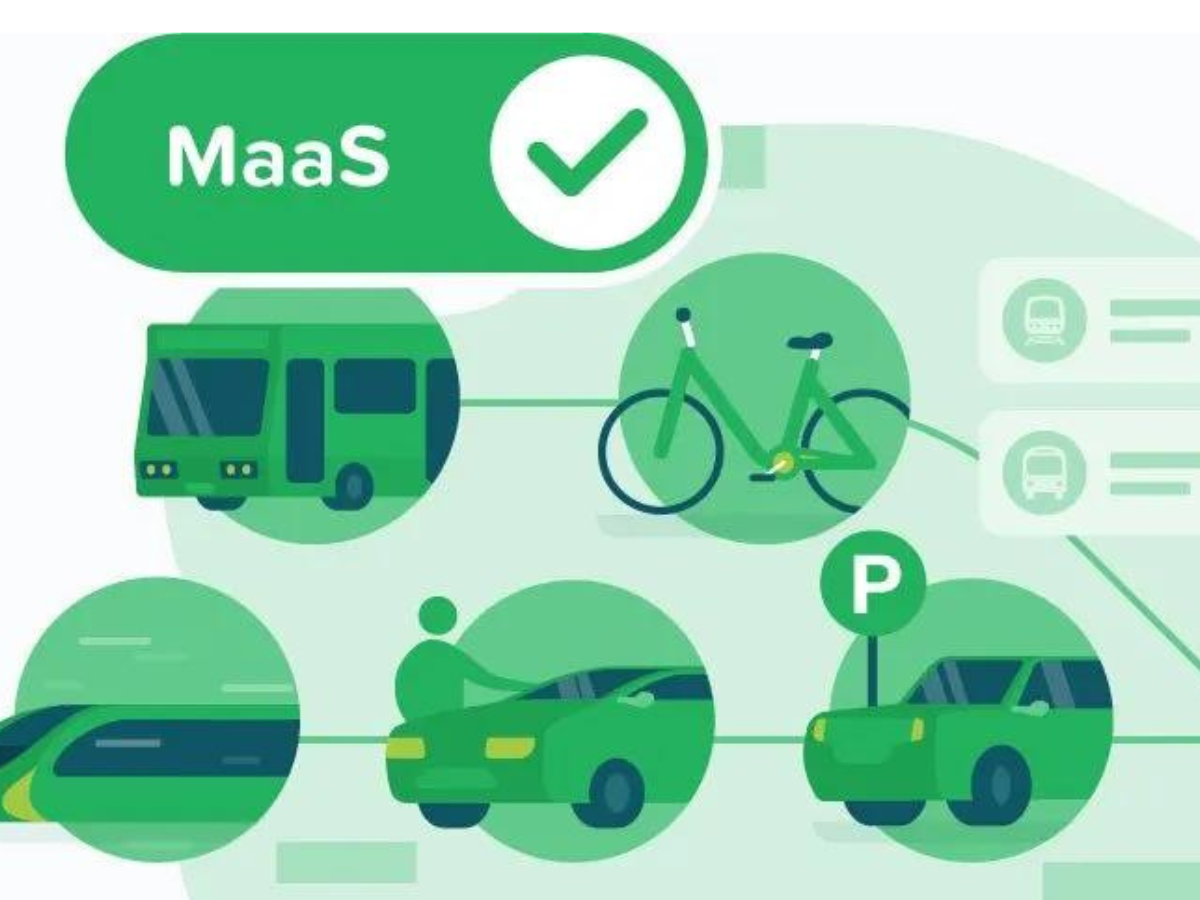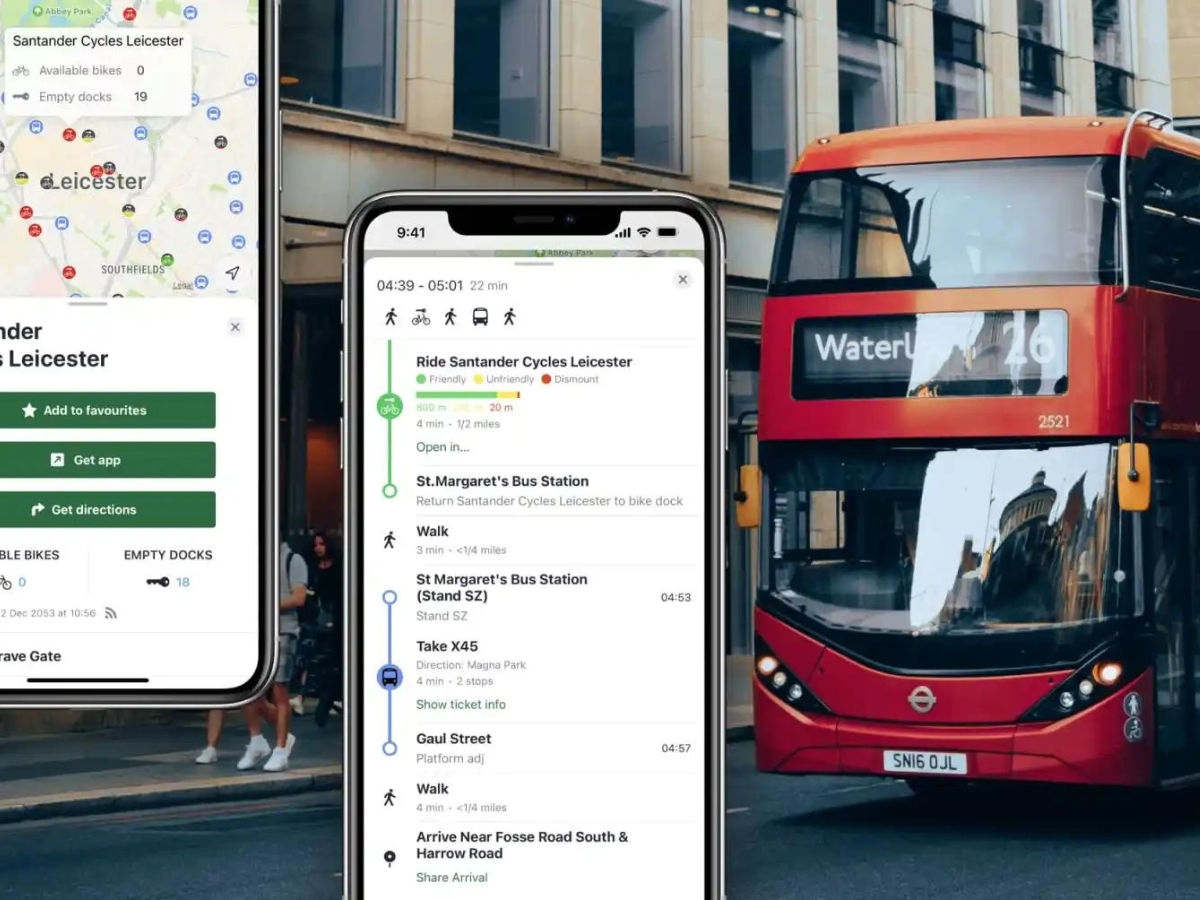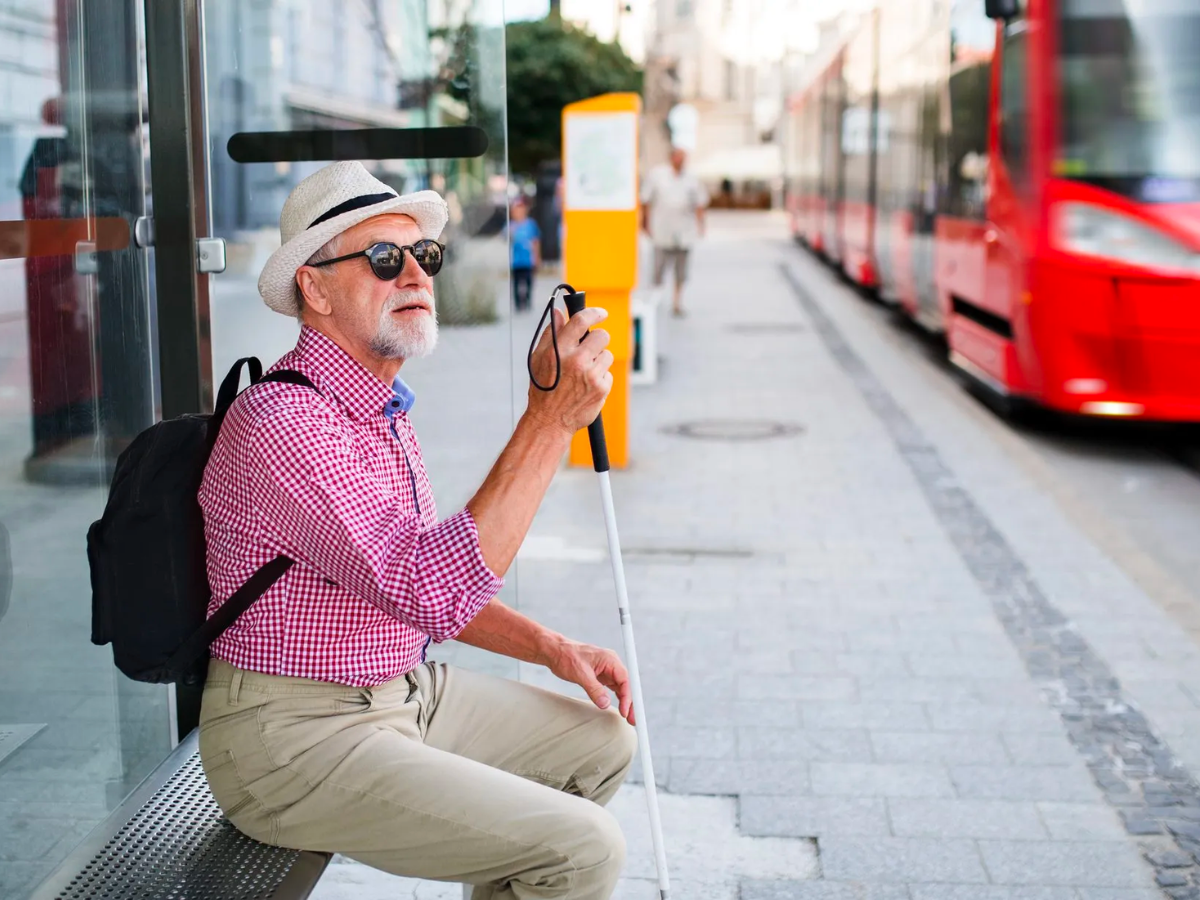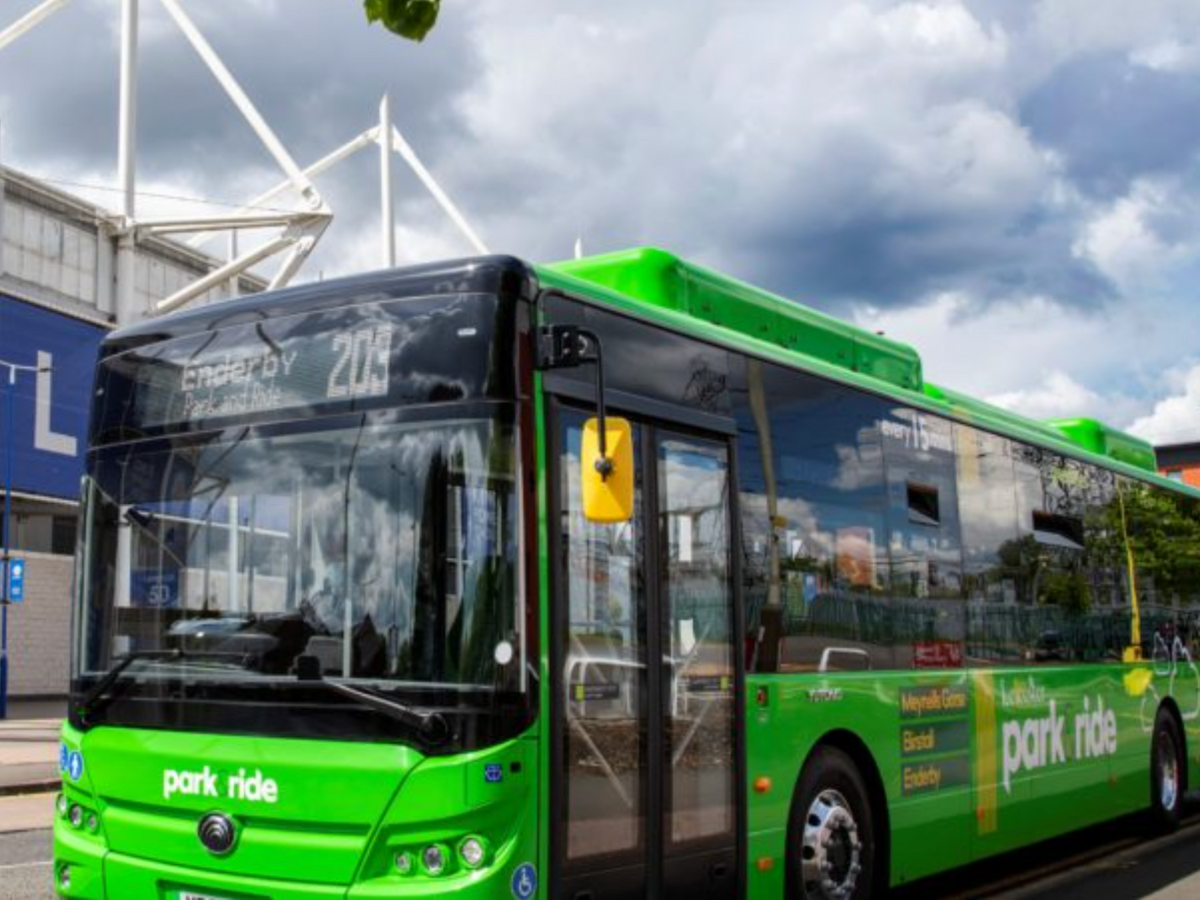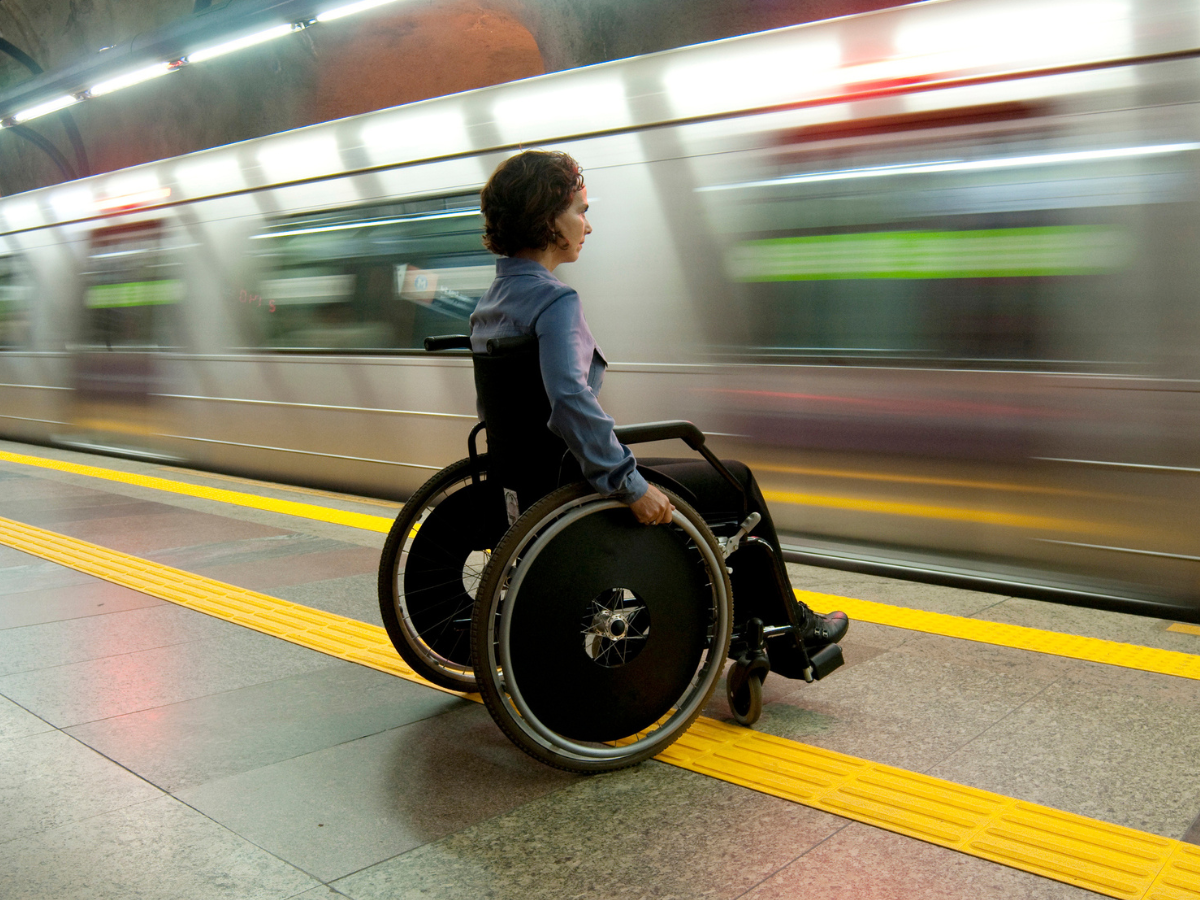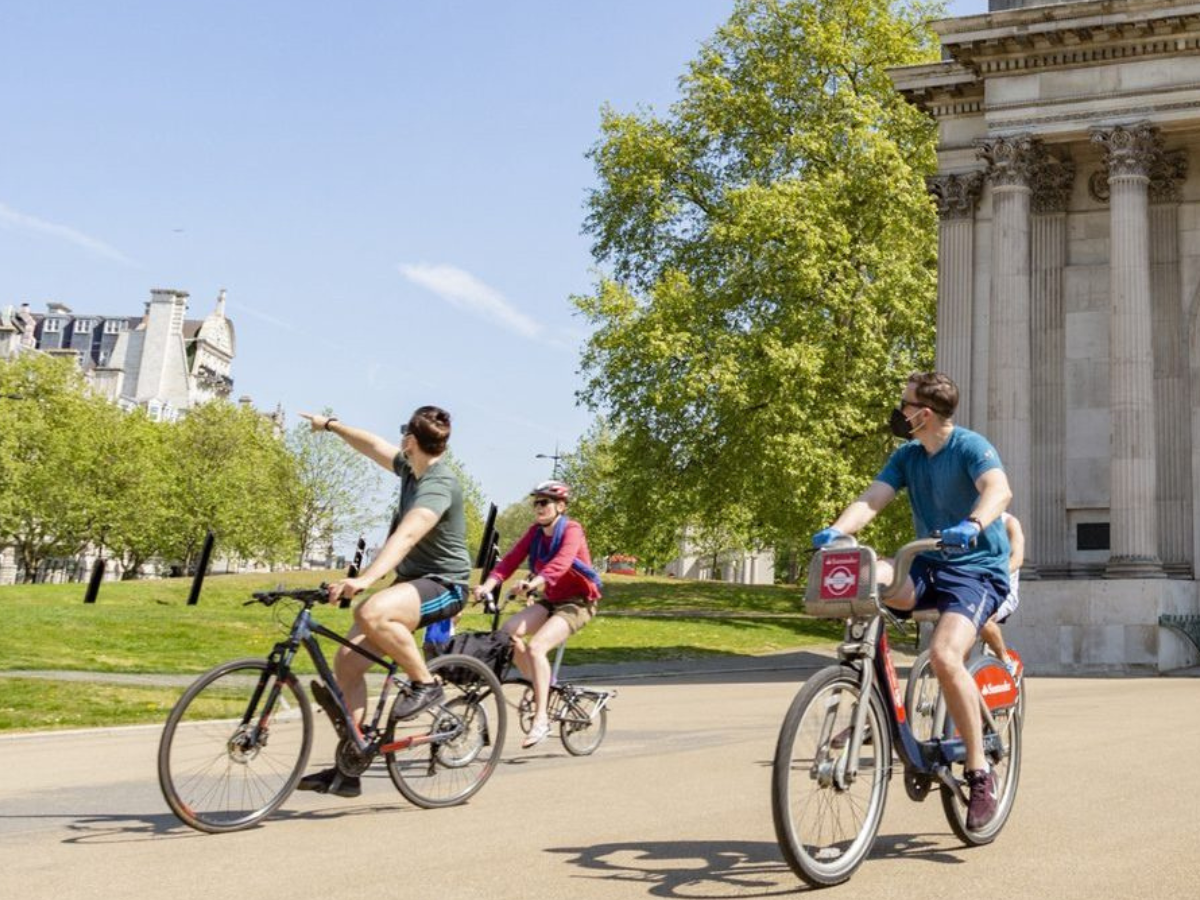The transport industry is constantly evolving. The rise in multiple innovations in recent times will decisively shape the industry’s future. These innovations are often interconnected, influencing each other in complex ways. In the following discussion, we will explore five of the most prominent transport trends for the years ahead:
1. Advances in Technology

The rapid advancement of technologies is still ongoing. Currently, 63.1% of the global population has access to the internet, with projections that 30.9 billion IoT connected devices will be installed by 2025. As a result, our world is more networked than ever before. Technologies such as 5G, AI, and IoT will transform cities, enabling communication between vehicles and their environment, with low-latency reaction times to help improve traffic systems, public transport and other mobility solutions.
The Milton Keynes 5G Create project trialled advanced mobility options at the city’s Stadium, including autonomous and teleoperated vehicles to move people around with drones for added security on site. At SkedGo, we’ve integrated data from IoT sensors on public transport to let passengers know which carriages are crowded. This provides real-world value to people who are disabled, neurodiverse or have temporary injuries, as well as the elderly and families with children to know where best to board. Exploring these technologies from a human-centric perspective is the key to adding value to cities and their citizens.
2. Personalised Mobility
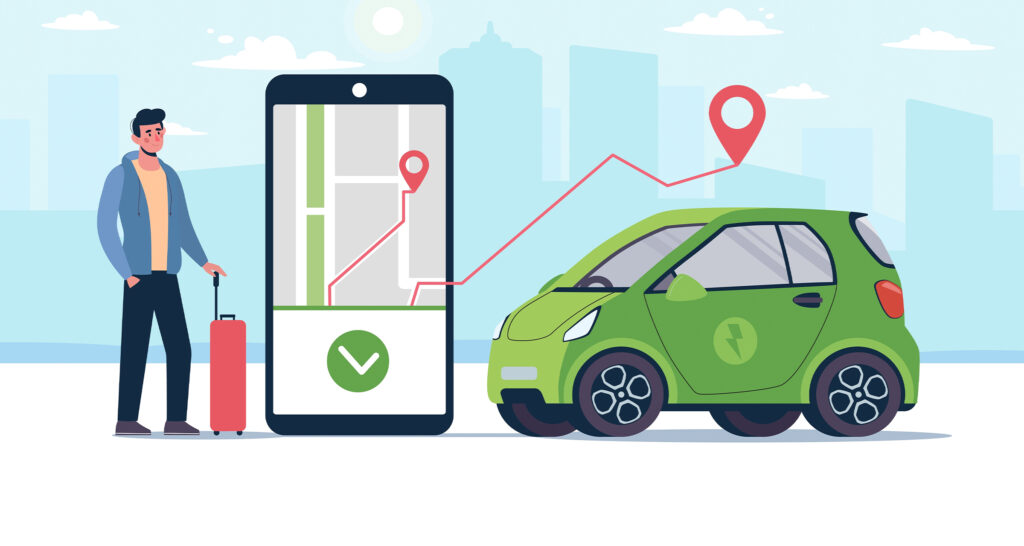
As personalisation and Mobility-as-a-Service (MaaS) innovations become more entrenched in mobility solutions, travel experiences become smoother and more dynamic. Journey planning apps have already led the way with multi-mixed transport options, yet cities are uncovering more ways to open up accessibility. For example, wheelchair users can find routes that accommodate their needs and be alerted when a lift may not be working. Avid cyclists can get insights on how cycle-friendly a certain route is, and the integration of incentivisation and reward features can spur travellers to choose more sustainable transportation options. Personalisation will promote inclusiveness and provide vital information for mobility providers to make educated decisions.
3. New Mobility Options

Recent years have seen a seismic shift in the way we approach urban mobility, with ride-sharing, bike-sharing, e-scooters, and e-bikes leading the charge. Additionally, adapted micromobility solutions are now being explored to support people with disabilities. Thanks to advancements in technology and the implementation of MaaS, passengers can access various transportation options effortlessly. MaaS not only aids technological progress but also offers a gateway to promote novel mobility selections such as Demand Responsive Transport (DRT), voluntary transport or the reuse of corporate fleets during periods of downtime; this allows us to optimise resources and make vital services available to communities.
4. Reimagining Urban Spaces

Urbanisation and population growth present major challenges when it comes to creating efficient transport infrastructures. To overcome this, cities are looking at innovative mobility solutions to make urban spaces more livable. Examples of this can be seen in smart city trends and the 15-minute city concept (such as in Paris). We talk about 15-minute cities, which advocate for making public spaces greener and more conducive to pedestrians and cyclists, in our two-part article here and here; this ensures that residents’ core needs can be met without having to travel far distances. Ultimately, by encouraging active mobility, this new reality could significantly reduce road traffic.
5. Forging Sustainable Mobility
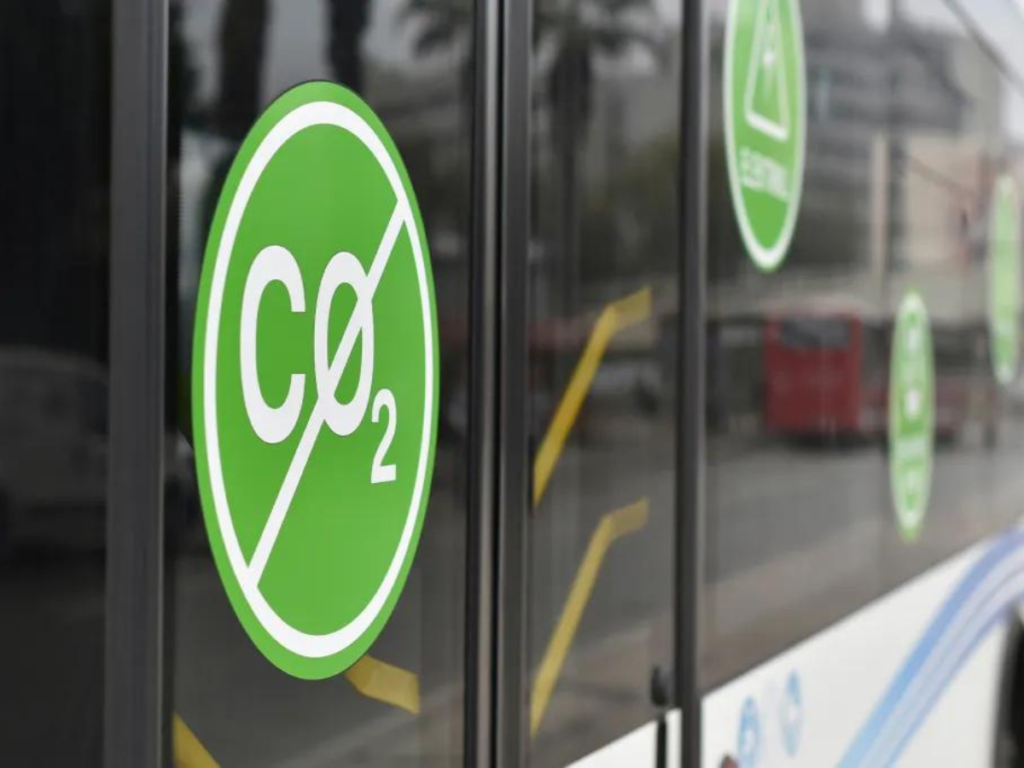
As global temperatures and energy costs rise, governments are exploring a range of solutions for sustainable transport, such as electric vehicles, micromobility, hydrogen power and other cutting-edge technologies. These aim to offer low-emission benefits in the race to find alternative fuels and energy sources. On a more pragmatic note, following the COVID-19 pandemic, active travel has continued to surge with an increase of 40% in London alone and a bicycle industry that’s booming across Europe. To encourage these healthier transportation options, many countries are continuing to open up cycle routes, enabling improved air quality and decreased emissions.
An Exciting Future
The future of transport is on the cusp of being revolutionised by advances in technology, personalised mobility, new mobility options and sustainable energy sources. We have an opportunity to reimagine urban spaces for enhanced mobility and improved quality of life for all. It’s only through embracing these trends that we can hope to create a more connected, safer, more equitable and sustainable future.
This article was originally published by SkedGo.






